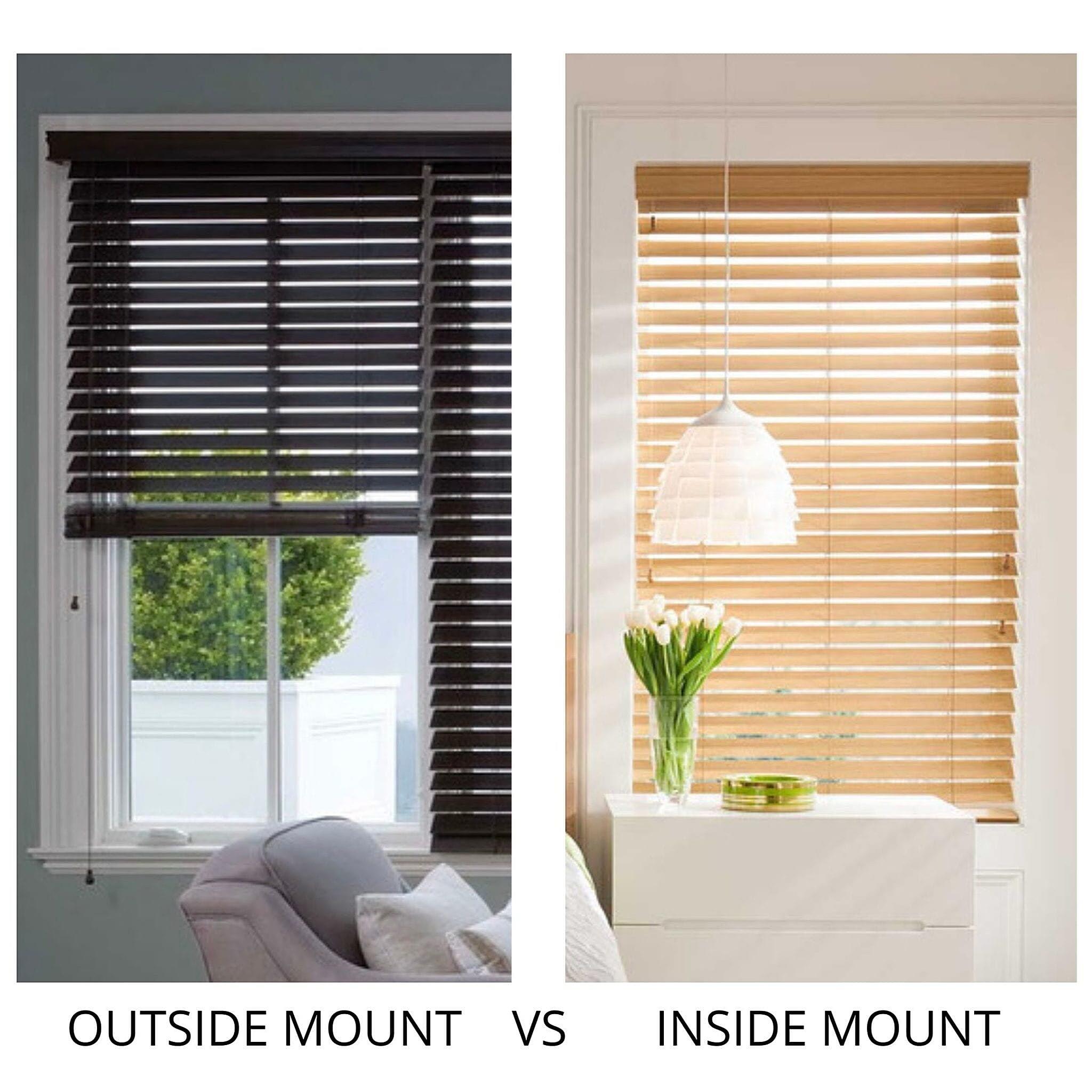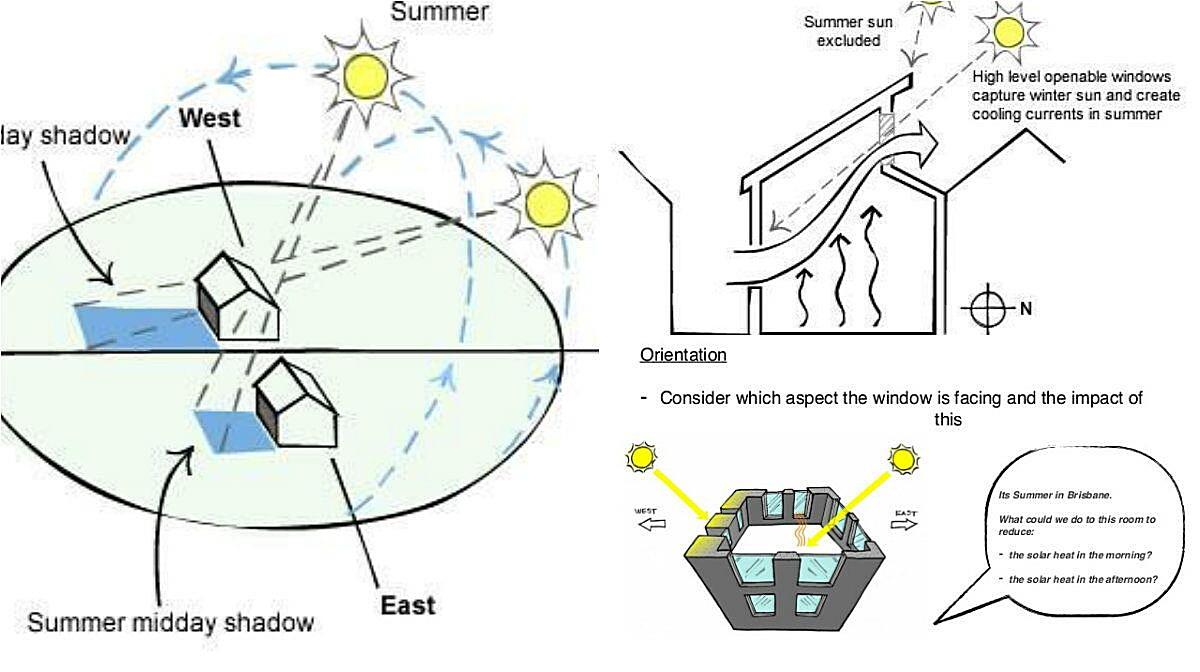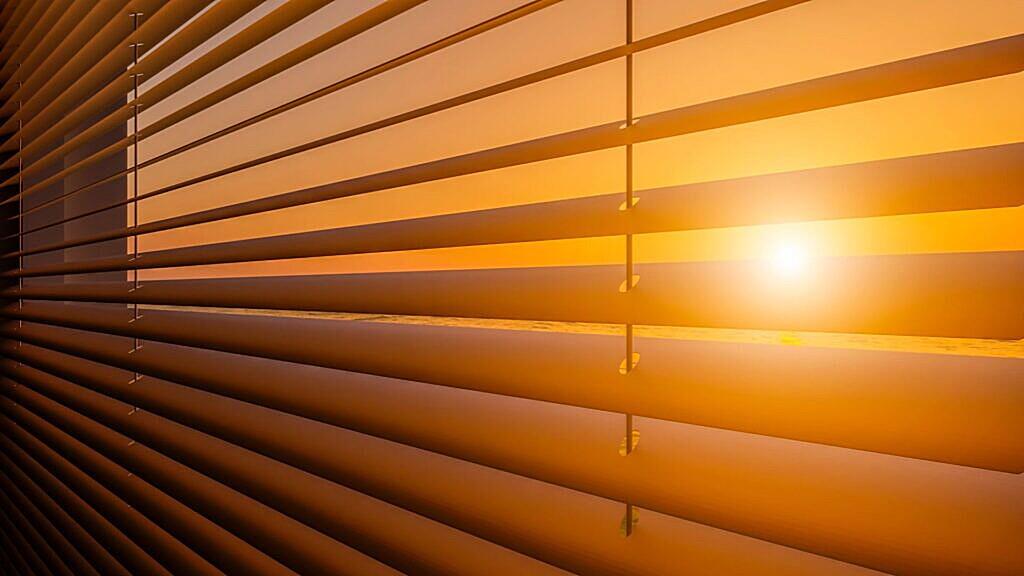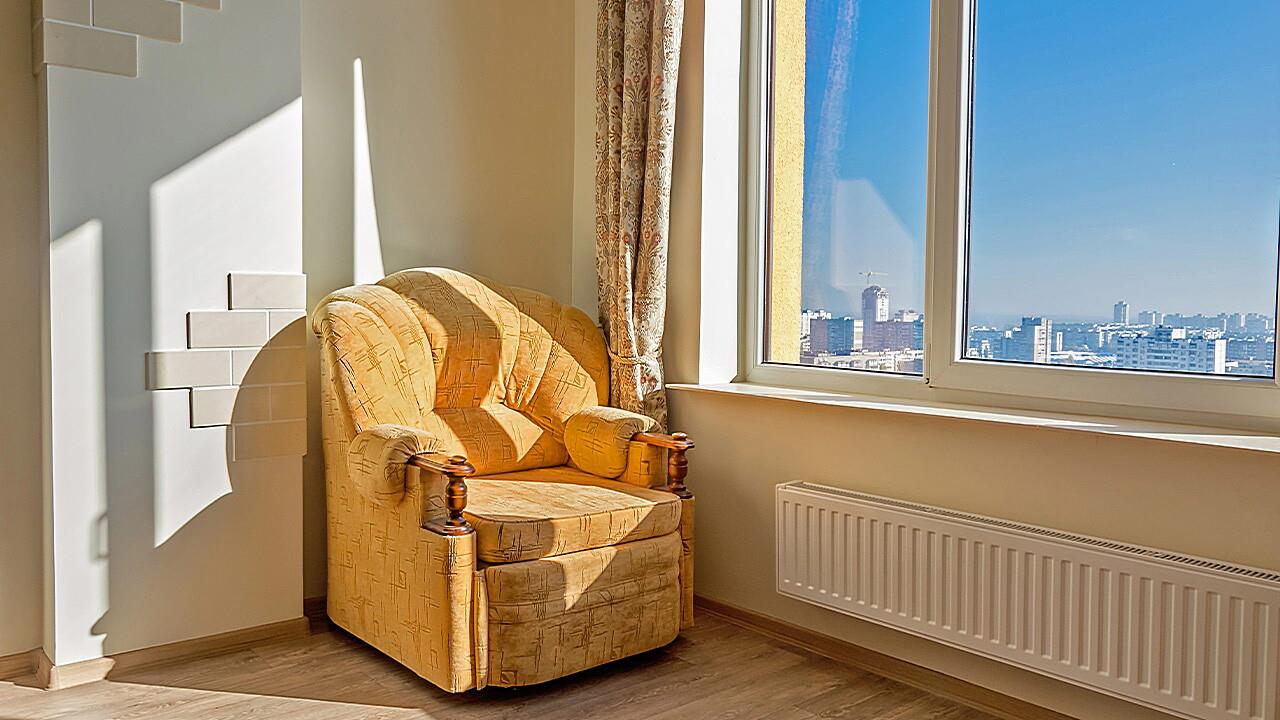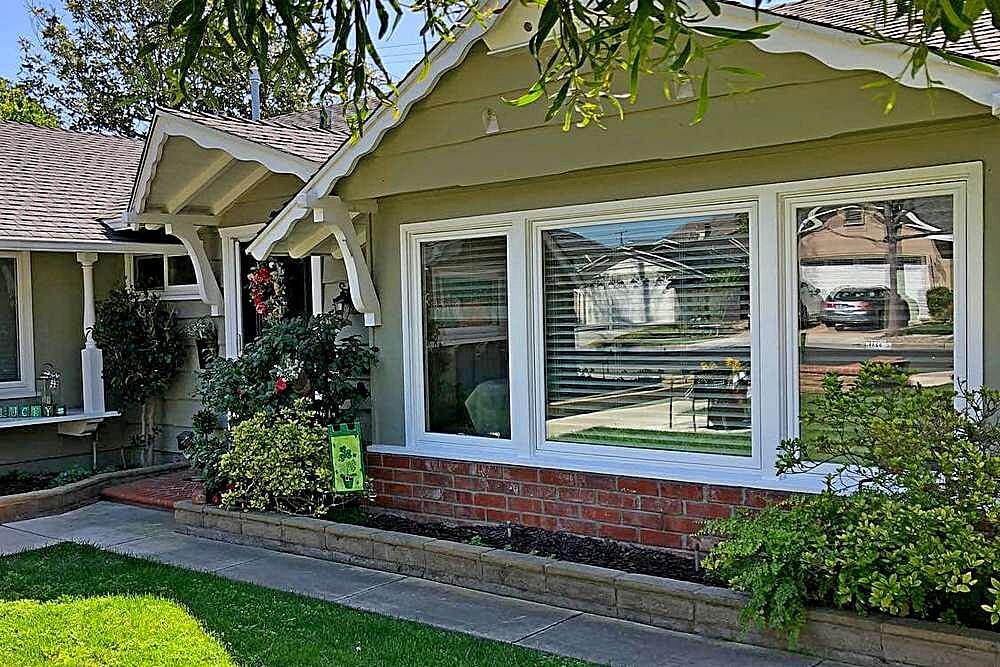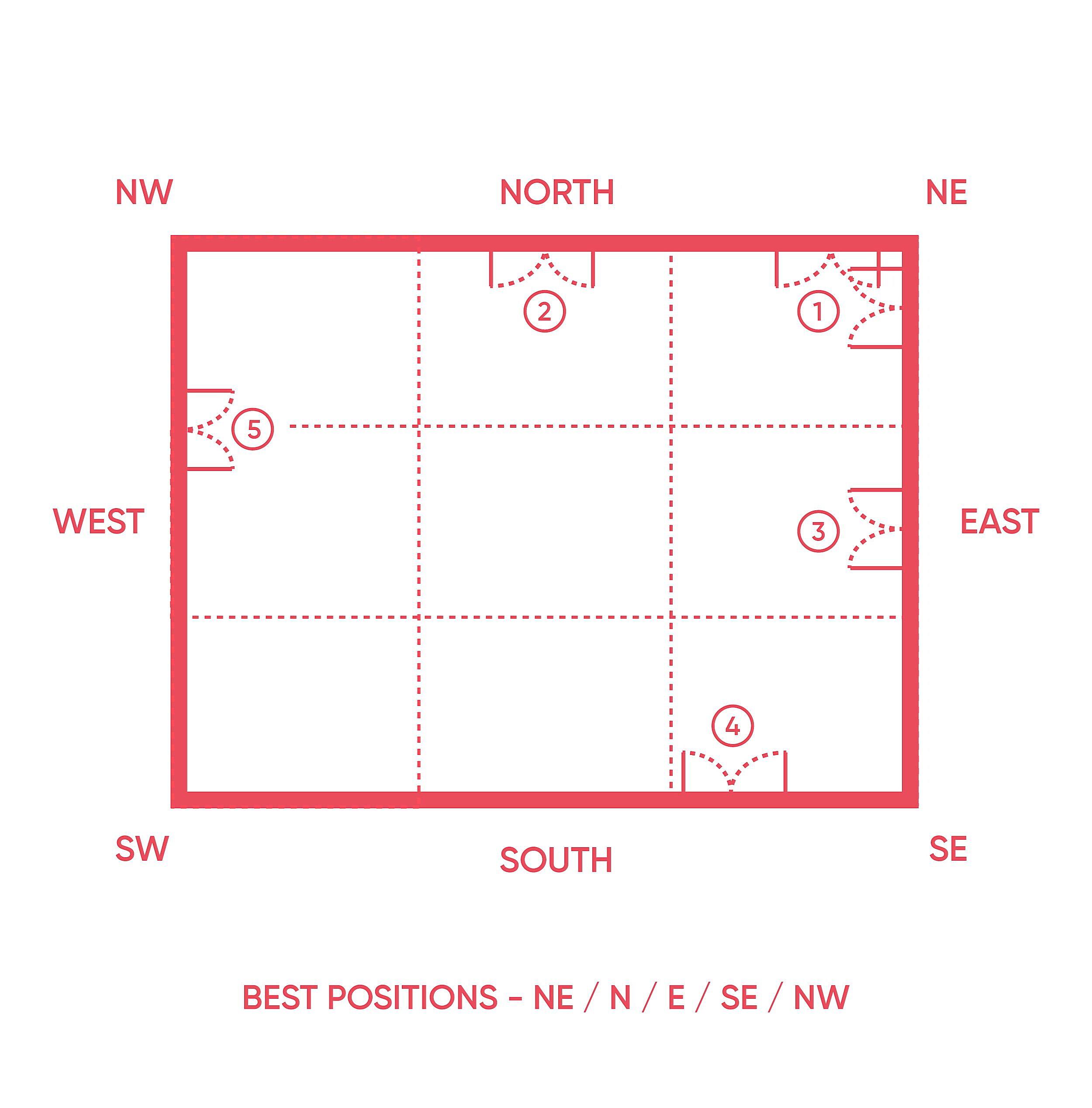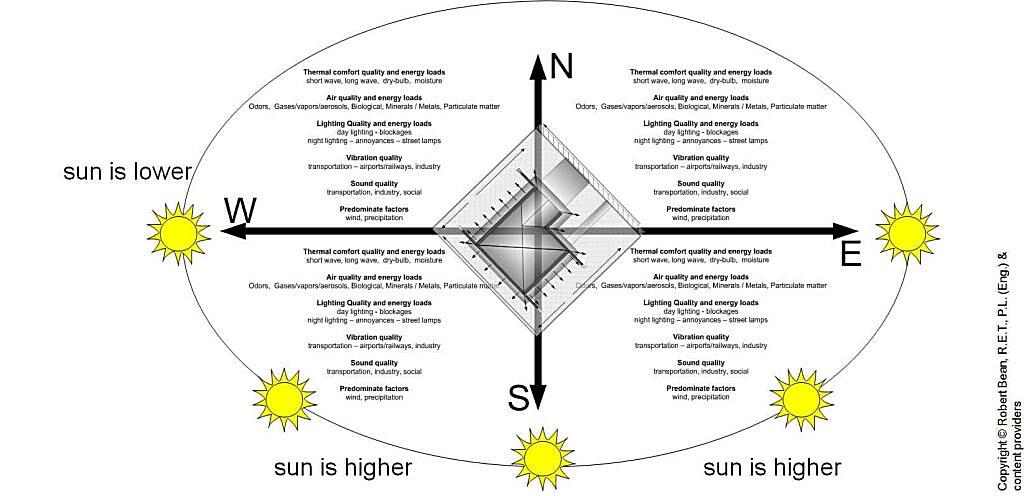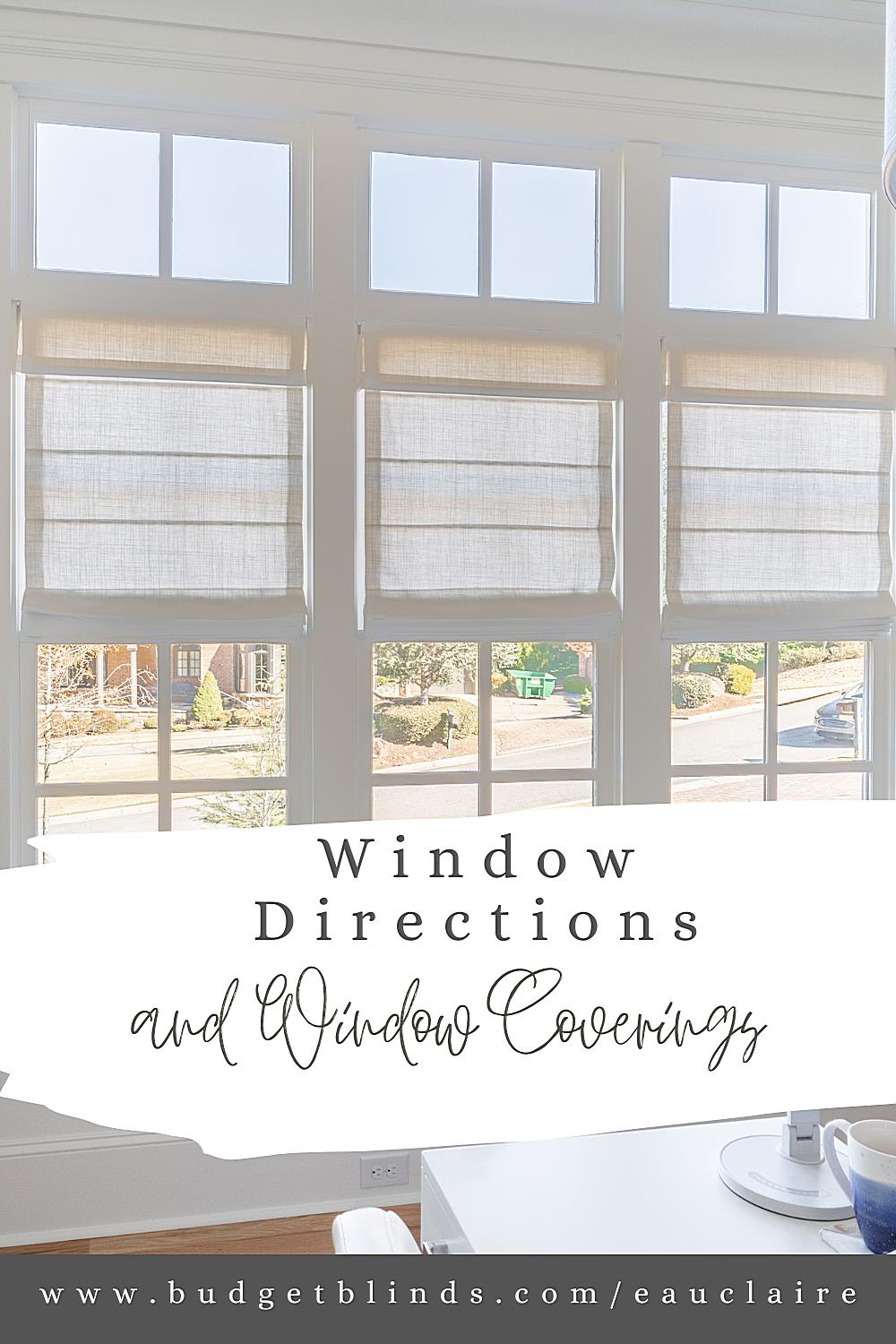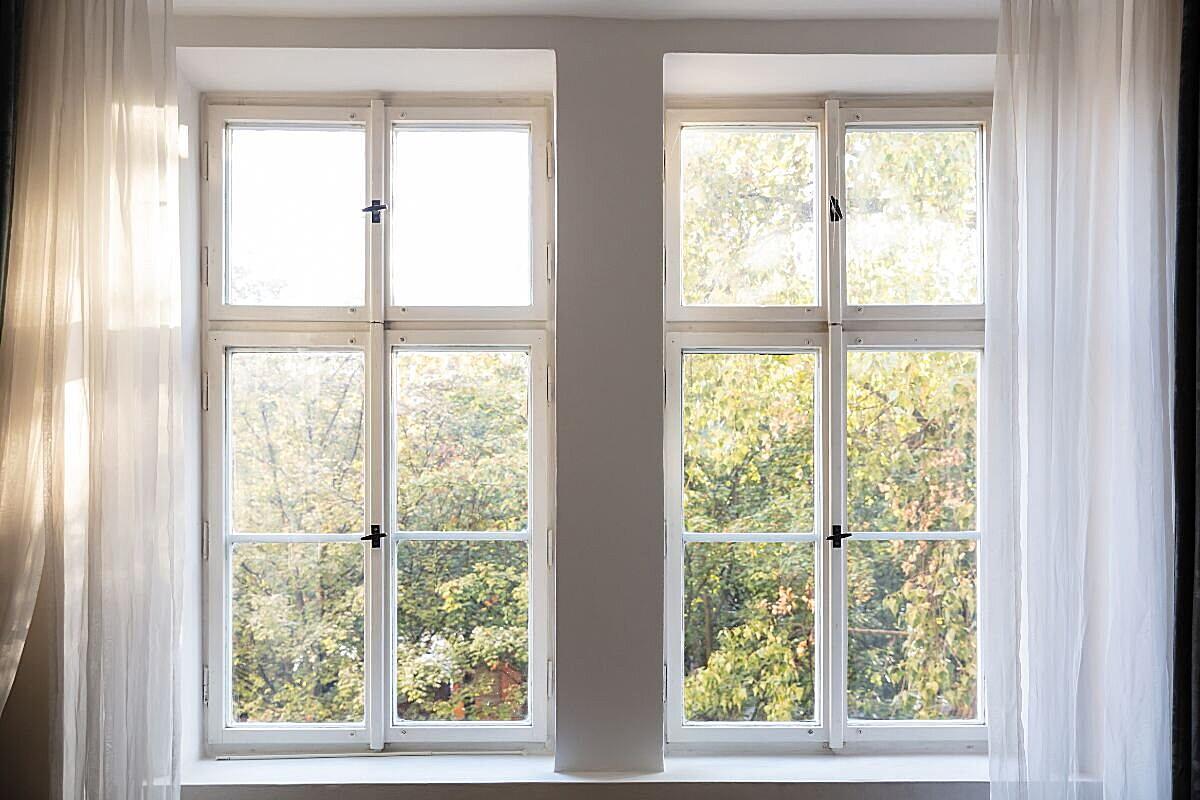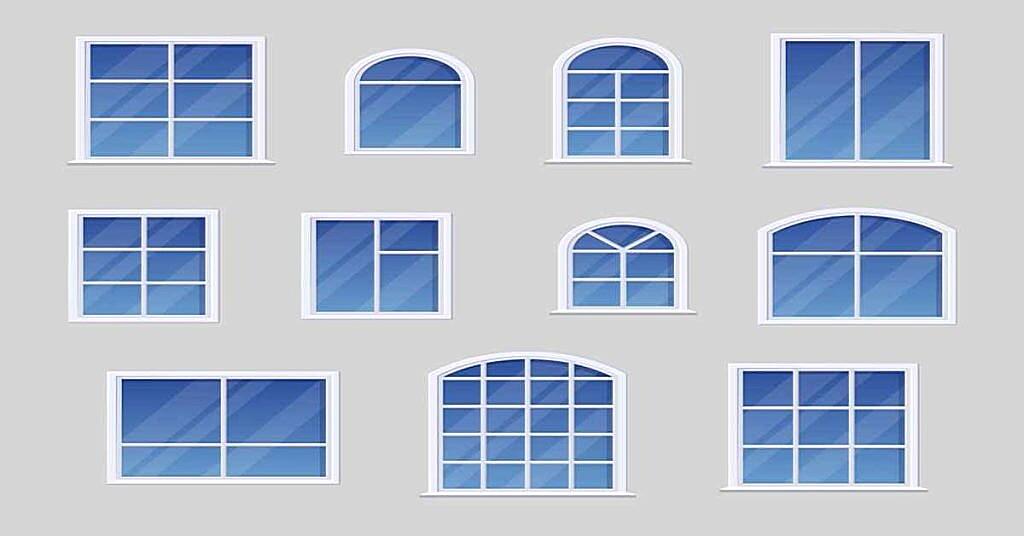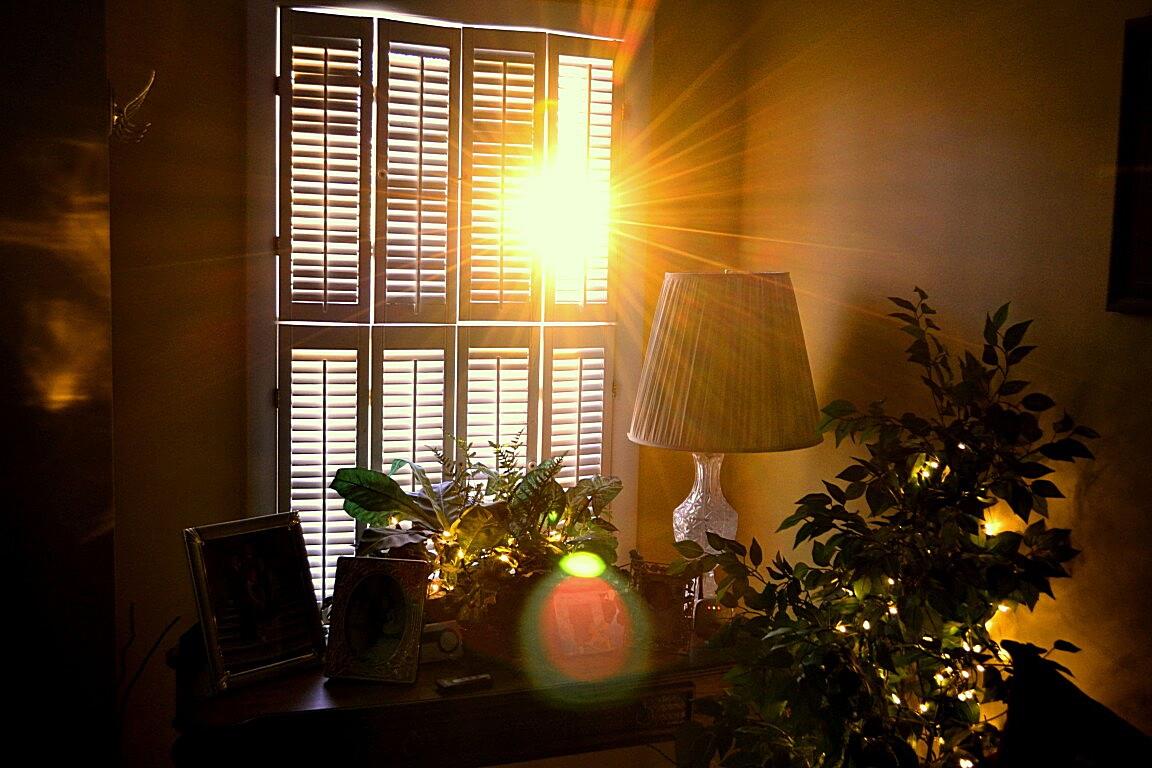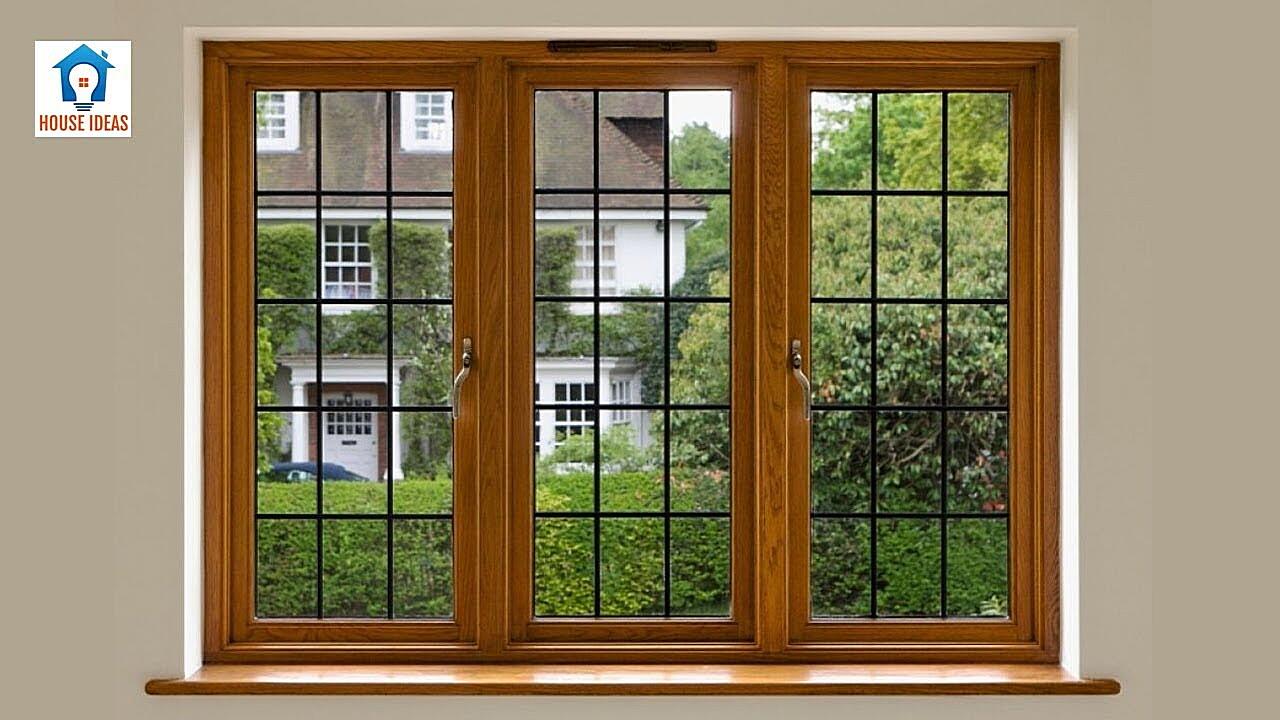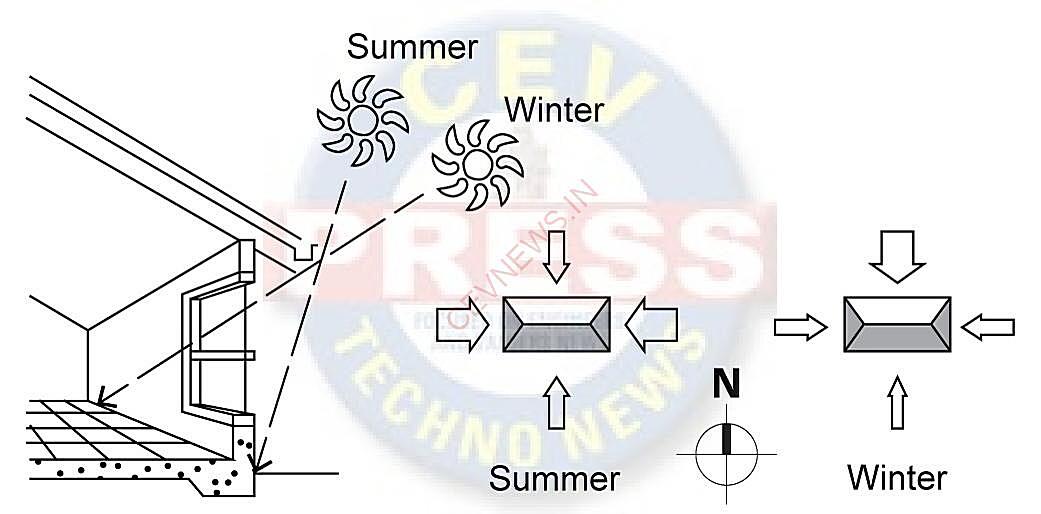You May Also Like :
Facing the Facts
1. Sunshine, Shadows, and Sensible Solutions
Let’s face it, choosing the right window direction isn’t exactly the stuff of thrilling novels. But if you’re building a new home, renovating an existing space, or even just contemplating which room to use as your office, window orientation can actually make a surprisingly big difference. It’s about maximizing natural light, minimizing energy costs, and creating a comfortable living environment. So, which direction wins the window wars?
The answer, as with most things in life, isn’t a simple “north is best!” or “south is superior!”. It’s a bit more nuanced and depends on your climate, your lifestyle, and what you’re hoping to achieve. Think of it as finding the Goldilocks solution: not too hot, not too cold, but just right.
Consider this scenario: Imagine a house with massive south-facing windows in Arizona. Sounds dreamy, right? Picture all that glorious sunshine flooding your living room! Now picture your air conditioning bill in July. Not so dreamy anymore, huh? Conversely, a north-facing window in Alaska might feel a bit well, perpetually gloomy. The key is balancing the benefits of each direction with the potential drawbacks.
Ultimately, the “best” direction is the one that best suits your specific needs and circumstances. We’ll delve into each direction, exploring their pros and cons, so you can make an informed decision that leaves you feeling bright (pun intended!) about your window choices.
The Sun’s Compass
2. Navigating North, South, East, and West
Alright, let’s break down each direction individually, like a group of suspects in a window-related crime drama. Each has its own unique personality and characteristics. Time to interrogate them!
North-Facing Windows: These windows are the mellow ones. They receive indirect, diffused light throughout the day, making them ideal for spaces where you want consistent illumination without harsh glare. Think art studios, home offices where you spend a lot of time on the computer, or rooms where you just want a soft, gentle ambiance. They’re also cooler, which can be a bonus in warmer climates. However, in colder regions, they can feel a bit chilly, and might require a bit more artificial lighting, especially during winter months. They’re the reliable friend who’s always there, but not always the most exciting.
South-Facing Windows: Ah, the sun-seekers! These windows are the powerhouses of natural light. They receive the most direct sunlight throughout the day, especially in winter when the sun is lower in the sky. This means warmth, brightness, and potentially lower heating bills. They’re perfect for living rooms, sunrooms, or any space where you want to soak up the sun’s rays. But be warned: in summer, they can become overly hot, requiring shading and potentially increasing your cooling costs. They’re the life of the party, but sometimes a bit much to handle.
East-Facing Windows: Rise and shine! These windows are all about that glorious morning light. They’re perfect for bedrooms or kitchens, allowing you to greet the day with a dose of sunshine. However, the afternoon sun can be intense, potentially overheating the space. They’re the early birds, bringing energy and enthusiasm to your day, but fading a bit as the day wears on.
West-Facing Windows: Sunset sensations! These windows capture the warm glow of the setting sun, creating a cozy and inviting atmosphere in the late afternoon and evening. They’re great for living rooms or dining rooms, perfect for relaxing and unwinding after a long day. But be prepared for intense afternoon heat, especially in summer. They’re the night owls, bringing a touch of drama and romance to your evenings, but potentially causing some discomfort in the process.
Location, Location, Location
3. Adapting Window Choices to Your Region
As we hinted earlier, your geographic location plays a crucial role in determining the best window direction for your home. What works wonders in Florida might be a disaster in Maine, and vice versa. It’s all about understanding your local climate and tailoring your window choices accordingly. It’s like choosing the right outfit for the weather — you wouldn’t wear a parka to the beach, would you?
In colder climates, maximizing solar heat gain is key. South-facing windows become your best friends, allowing you to capture as much of the sun’s warmth as possible. East-facing windows can also be beneficial for catching those early morning rays. However, you’ll want to minimize north-facing windows, as they tend to lose heat. Proper insulation is also crucial to prevent heat loss through all your windows.
In hotter climates, the focus shifts to minimizing solar heat gain. North-facing windows are your allies here, providing diffused light without the intense heat. South-facing windows should be shaded with overhangs, awnings, or trees to block the direct sun during the hottest part of the day. East and west-facing windows can also contribute to overheating, so consider shading them as well. Good ventilation and efficient air conditioning are essential.
In temperate climates, you have a bit more flexibility. You can strategically use different window directions to maximize natural light and minimize energy costs. For example, you might use south-facing windows for passive solar heating in winter and north-facing windows for cool, diffused light in summer. The key is to balance the benefits of each direction and adapt your choices to your specific needs.
It’s also worth considering microclimates within your property. For example, if your backyard is shaded by trees, a south-facing window might not receive as much direct sunlight as you think. Or if your house is exposed to strong winds, you might want to choose windows with high wind resistance. The more you know about your local climate and your property’s unique characteristics, the better equipped you’ll be to make informed window choices.
Beyond Direction
4. Size, Glazing, and Strategic Placement
While direction is undoubtedly important, it’s not the only factor to consider when choosing windows. Other elements, such as window size, glazing type, and strategic placement, can also significantly impact energy efficiency, comfort, and overall aesthetics. Think of it like baking a cake — the ingredients are important, but the way you mix them and the oven temperature also matter.
Window Size: Larger windows let in more light, but they also lose more heat in winter and gain more heat in summer. It’s a balancing act. Consider the size of the room and the amount of natural light you need. In colder climates, smaller windows might be more energy-efficient. In warmer climates, larger windows with proper shading can create a bright and airy feel without overheating the space.
Glazing Type: The type of glass used in your windows can have a significant impact on energy performance. Double-pane windows with low-E coatings are a popular choice, as they help to reduce heat transfer and block harmful UV rays. Triple-pane windows offer even better insulation but can be more expensive. Consider your climate and budget when choosing glazing type.
Strategic Placement: Think about how you use each room and how you want to experience natural light throughout the day. For example, you might place a skylight above a staircase to bring natural light into a dark hallway, or you might position windows to capture views of a beautiful garden. Strategic placement can enhance the functionality and beauty of your home.
Don’t forget about ventilation! Operable windows allow you to bring fresh air into your home, improving indoor air quality and reducing the need for air conditioning. Consider incorporating a mix of operable and fixed windows to maximize both natural light and ventilation. It’s all about creating a comfortable and healthy living environment.
Making the Choice
5. Tailoring Your Windows to Your Lifestyle
Ultimately, the “best” window direction is the one that aligns with your personal preferences and priorities. What’s important to you? Is it maximizing natural light, minimizing energy costs, creating a specific ambiance, or capturing a particular view? The answers to these questions will help you narrow down your choices and make informed decisions. It’s like choosing a paint color — there’s no right or wrong answer, it’s all about what you like.
Consider your lifestyle. Are you an early riser who enjoys waking up to the sunrise? East-facing windows in your bedroom might be perfect for you. Or are you a night owl who prefers to relax in the evening with a warm glow? West-facing windows in your living room might be a better fit. Think about how you spend your time and how you want your home to feel.
Don’t be afraid to experiment. You can use window coverings, such as curtains, blinds, or shades, to control the amount of light and heat that enters your home. You can also use plants to create shade and add a touch of greenery. It’s all about finding what works best for you and your family.
And don’t forget to consult with a professional. A qualified architect or window installer can provide valuable advice and help you choose the right windows for your specific needs and budget. They can also help you navigate building codes and regulations. It’s always a good idea to get expert guidance before making any major decisions.

